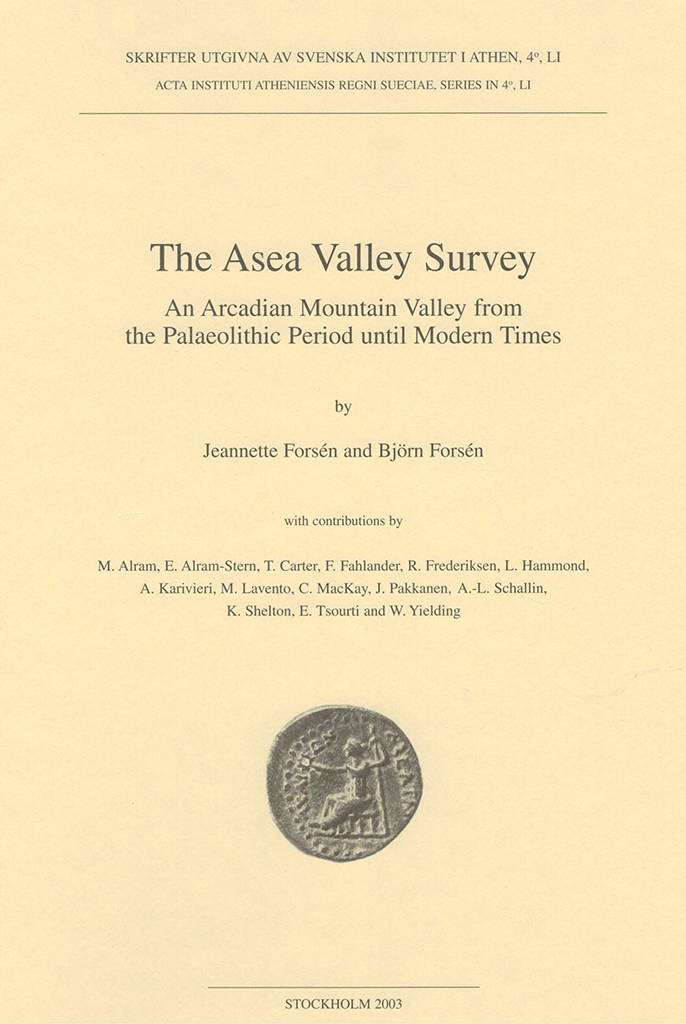All content of Opuscula 13 is available with open access. Printed edition distributed by Eddy.se AB. Also available at Amazon.com, Adlibris, and Bokus. View volume at ERIH PLUS. The Old Cemetery for Foreigners in Rome with a new Inventory of its burials By Nicholas Stanley-Price (Non-Catholic Cemetery for Foreigners, Rome, Italy) Abstract From at least 1716 until formal closure of the Cemetery in 1822, non-Catholic foreigners dying in Rome were usually buried adjacent to the Pyramid of Gaius Cestius in Testaccio. Some 80 stone monuments in the Old Cemetery were systematically recorded in the 1980s. To these can now be added a similar number of burials known from travel accounts and archival sources. This new, combined Inventory of 157 entries provides notes on the life and death in Rome for each individual. Its information modifies current perceptions that the Old Cemetery burials reflect mainly an élite, male population of Grand Tourists and aristocrats. Women are better represented, as are a wide range of professions, crafts, and domestic roles. A reassessment of the Cemetery’s layout leads to conclusions about its original extent, the first appearance of stone memorials in the 1760s, and the deliberate planning of graves in a burial-ground usually…
Distributed by Astrom Editions. See record at WorldCat. The Asea Valley Survey. An Arcadian mountain valley from the Paleolithic period until modern times By Jeannette Forsén & Björn Forsén, with contributions by Michael Alram, Eva Alram-Stern, Tristan Carter, Fredrik Fahlander, Rune Frederiksen, Leslie Hammond, Arja Karivieri, Mika Lavento, Camilla MacKay, Jari Pakkanen, Ann-Louise Schallin, Kim S. Shelton, Eos Tsourti & Wendy Yielding This volume presents the finds of the Asea Valley Survey (AVS) carried out 1994–1996 in a mountain valley of Arcadia with the acropolis of Asea, the Palaeokastro, as its focal point. During these three seasons of archaeological surface survey 18.7 km2 of the valley were searched intensively in foot. Artefacts spanning from the Middle Palaeolithic period to the early 19th century were systematically collected and documented. Concurrently a geological team gathered data concerning the ever-changing landscape of the valley. By combining new archaeological and geological data with ancient, Byzantine, Ottoman and Venetian written sources the diachronic history of the Asea valley was reconstructed. Through the discovery of a Middle–Upper Palaeolithic site the regional history has been pushed back to about 50,000 BP. Furthermore, a handful of Early–Middle Neolithic lakeside sites, which produced nothing but chipped stone, may be…


